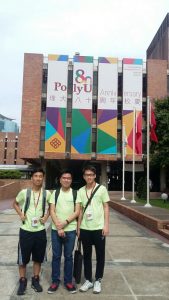
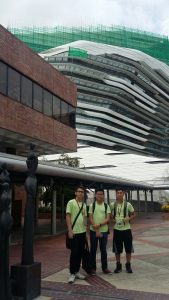
Written By Nathaniel Isvara, Derrick Andry and Christian
On the 31st of July, three JC2 students, Derrick Andry, Christian and Nathaniel Isvara – accompanied by Ms. Herlina – flew to Hong Kong to take part in the Hong Kong Polytechnic University’s Summer Engineering Camp.
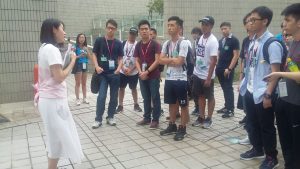
We, Derrick, Christian and Nathaniel, were selected to represent BBS KJS. On arrival we were greeted warmly by PolyU’s student helpers, who guided us to the hostel, where we were handed our room keys. There was no programme on the day of arrival, so we got to enjoy some free-time.
The following day, the student helpers picked us up, along with the other international students from Thailand, Mongolia and Japan. We were then taken to an auditorium for the Opening Ceremony. A Professor gave the key-note address. He shared with us his perspective on what engineering in the modern world is all about. There is a common misconception that engineers are people who do physically demanding work under the sun for long hours. The professor addressed this by reframing our understanding of engineering and revealed that most engineers today work indoors, in modern air-conditioned laboratories, much like scientists. After that, there was a video presentation of pictures and clips of the previous year’s camp and also a glimpse of what to expect from the following two days of the camp. The video certainly helped the participants to get into the swing of things.
After the Opening Ceremony, the participants were led by the student helpers on a tour to laboratories of the various branches of engineering. These included the biomedical engineering lab, the electrical engineering lab, the mechanical engineering lab and the 3-D printing lab. It gave us an insight on what it may be like studying and working as an engineer. We also had the chance to see a number of projects done by PolyU’s students. A lot of them piqued our interest, such as the motion sensors in the biomedical engineering lab. We saw how several pins could be attached to various parts of the body, which the motion-sensing cameras could detect and cast a live feed of moving dots on the television screen. This project’s concept can be used by doctors to monitor the movement of joints in a patient’s body.
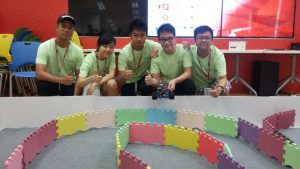
Our next session took place inside one of the electrical engineering labs, where we were split into three groups of five. The professor taught us the basics of Arduino, the programming software we had to use for our projects. Arduino consists of two major parts – the physical board and the Arduino software itself. The basic concept of Arduino is that you type in commands in the software and upload them onto the physical board, where you can connect it with other devices such as motors and various types of sensors. When supplied with power, the board will execute the uploaded commands. Our task was to assemble a robotic car and come up with a programme that would be able to run the robot along a curvy circuit. We were given a total of seven hours over two days to complete the project.
These hours passed by much quicker than we anticipated. The three groups were under pressure when they realized that no one was yet to find the winning formula. The participants’ leadership, communication and teamwork skills were put to the test. At the end of the first day, the groups seemed to have found their own method of getting the robot to run, but the variables in the coding still required significant adjustments. After countless trial-and-errors with wheel speed and angle variables, each team seemed optimistic that their configuration would enable their robot to complete the course faster than the others two teams.
Day three was the busiest day of all. We spent the time between breakfast and lunch compleeting our projects, then went on a visit to the Electrical and Mechanical Services Department (EMSD).
The EMSD is a government department responsible for the inspection and enforcement of operation and safety of many electrical and gas installations; railways and trams; lifts and escalators; and amusement rides. We learnt how the EMSD applied energy-saving and eco-friendly ideas to real life.
On the top floor of the EMSD building, there were corridor lamps that would only switch on when the heat sensor picks up a person’s body heat. They also had a unique air-conditioning system. The conventional air-conditioner would provide cool air from above us, just below the ceiling, while EMSD’s air-conditioning system supplied cool air from the floor. This is done due to the fact that the cool air can reach people faster if the air comes out from below, minimizing wasted cool air that floats around the ceiling and never touches us. They also harnessed the sun’s energy in multiple ways.
On the roof were rows of solar panels. They had glass spheres which trapped sunlight and reflected the beam onto a series of reflective glass, throwing light onto the corridor. However, this was not without its drawbacks. Natural, unfiltered sunlight thrown into a corridor will still contained ultra-violet rays, which could inflict sunburn on people who were exposed to it for too long. The EMSD building has shown the participants many innovative ideas; and insights on how engineering impacts the real world.
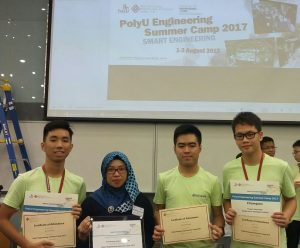
The final day of the event brought us to the Closing Ceremony. The Professor played a compilation of clips highlighting the different activities done during the camp. The Award Session came afterwards. Christian and Derrick emerged the ‘Champion’ and ‘Merit’ Awards winners, after both their teams’ robots managed to outrun Nathaniel’s grouup. It was indeed an eye-opening experiencing. Engineering is no longer firmly associated with rough machines and outdoor work. Engineers are the architects of the future who will strive to make this world a better place.
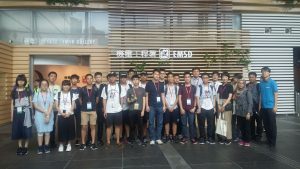
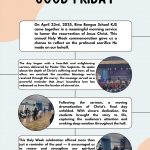
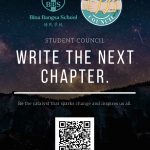
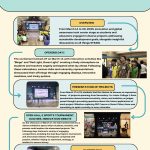
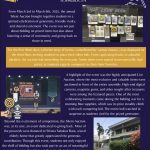
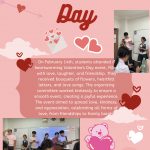
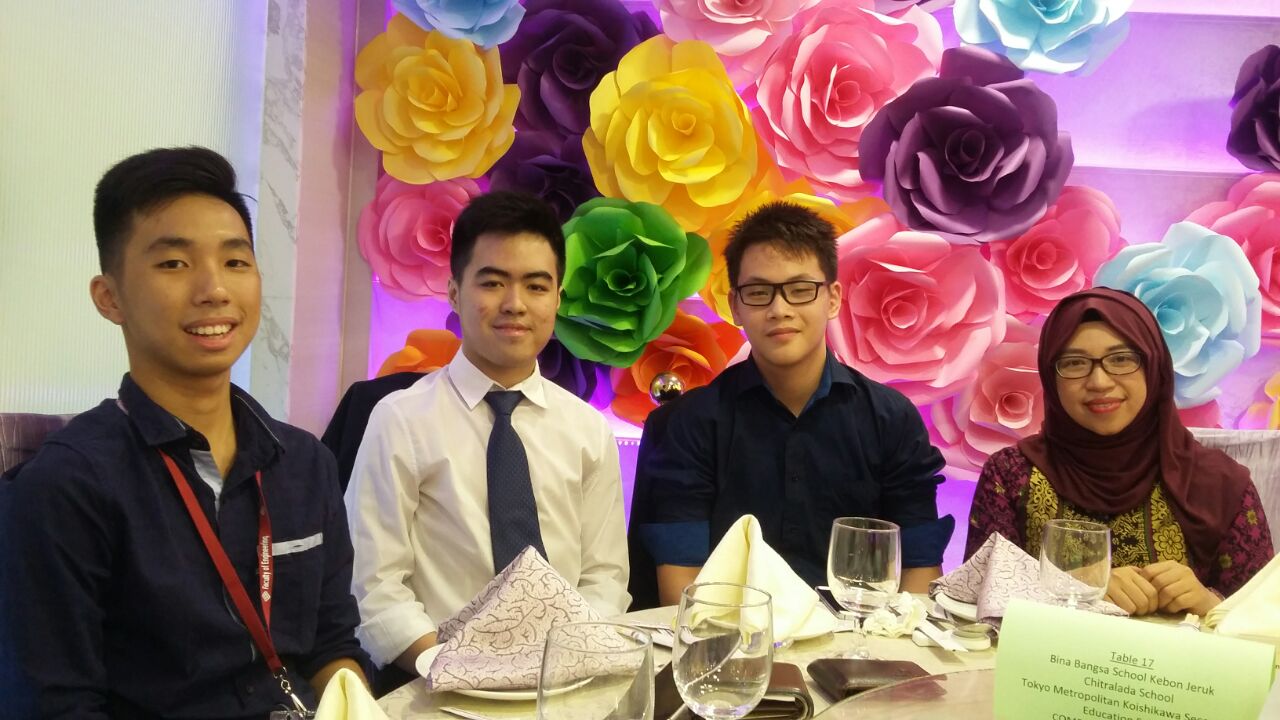
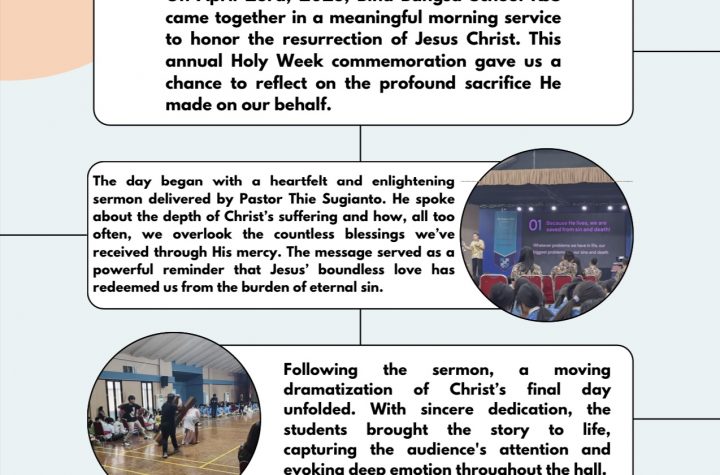
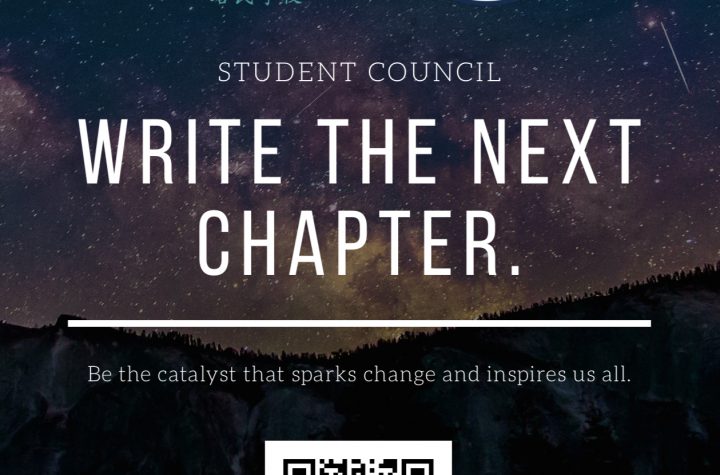
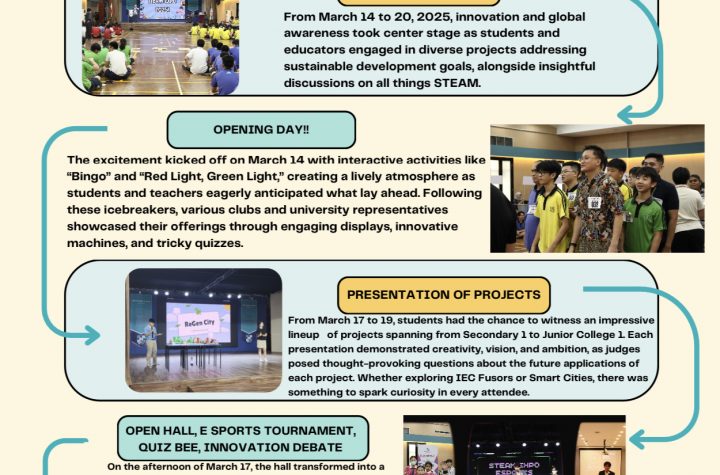
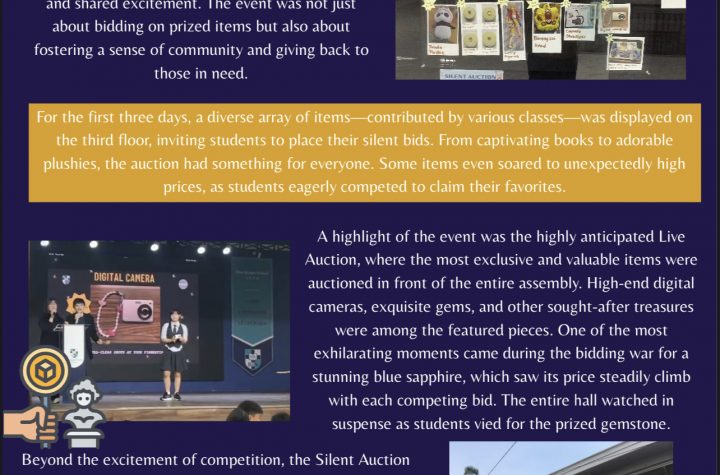
More Stories
Good Friday AY 24-25
OPENING A NEW CHAPTER— STUDENT COUNCIL AY 25-26
STEAM WEEK AY 24-25